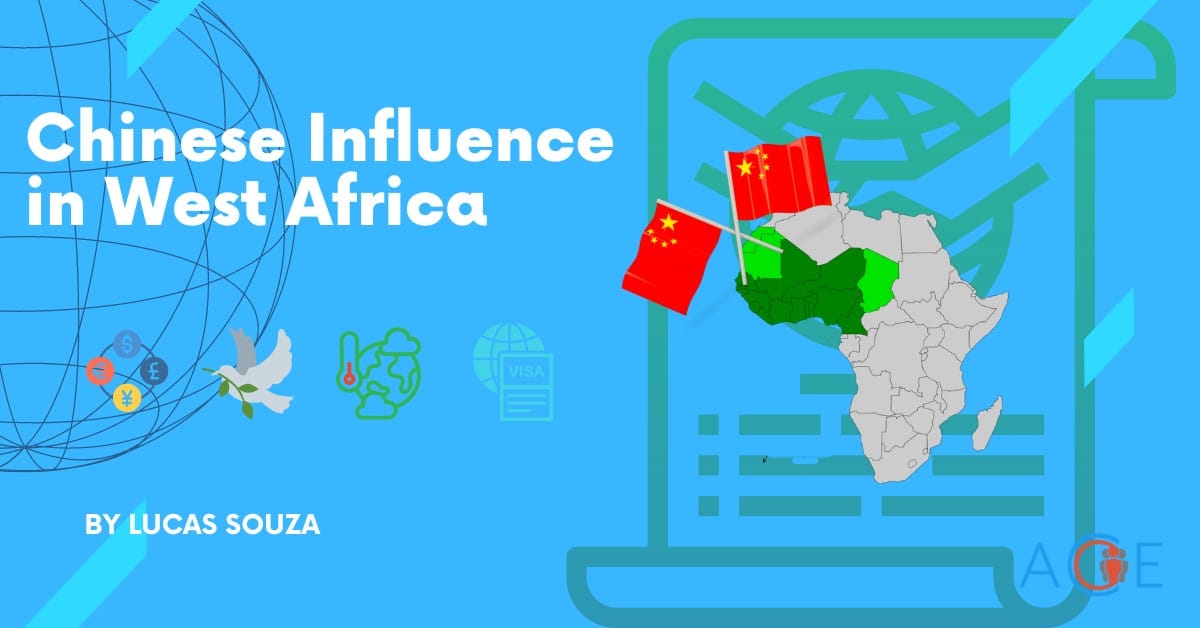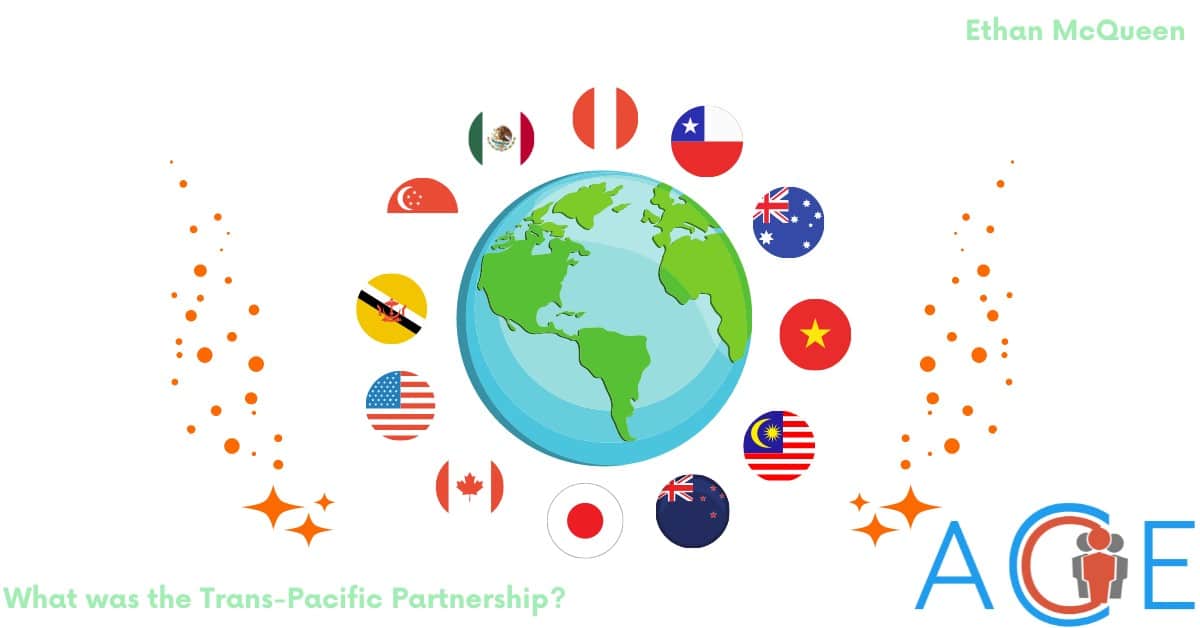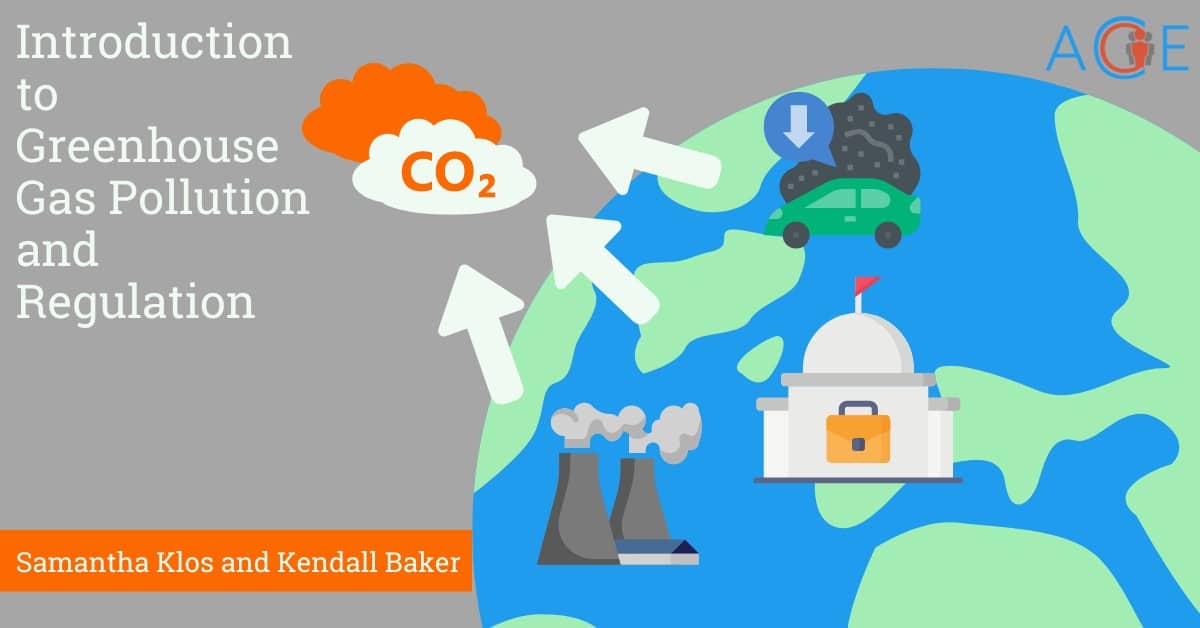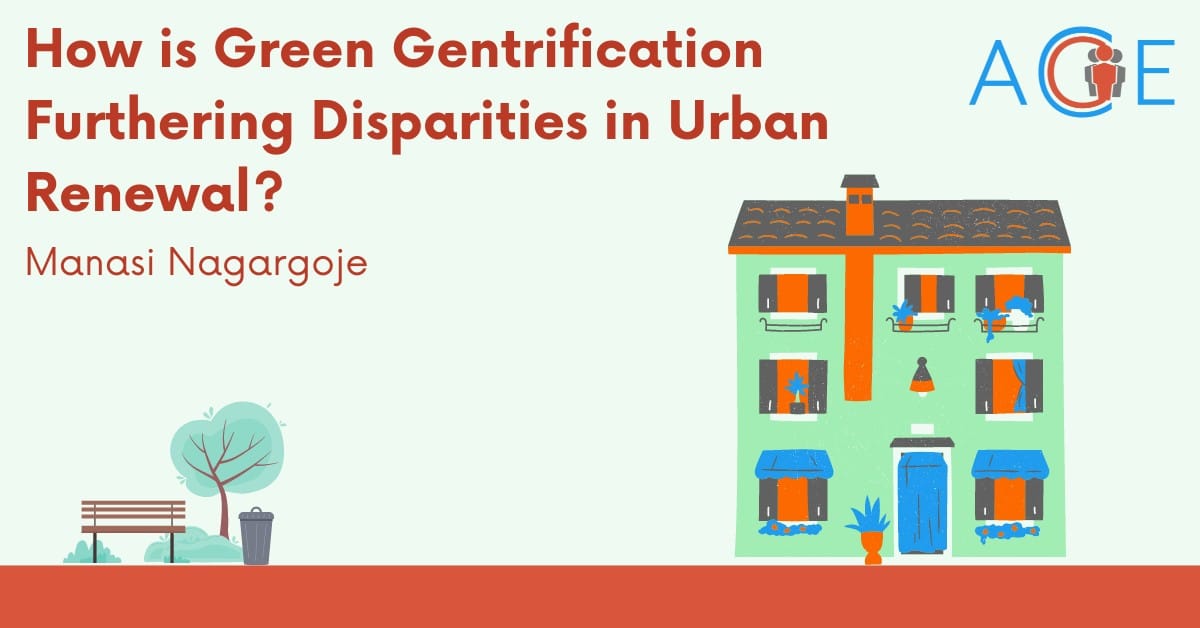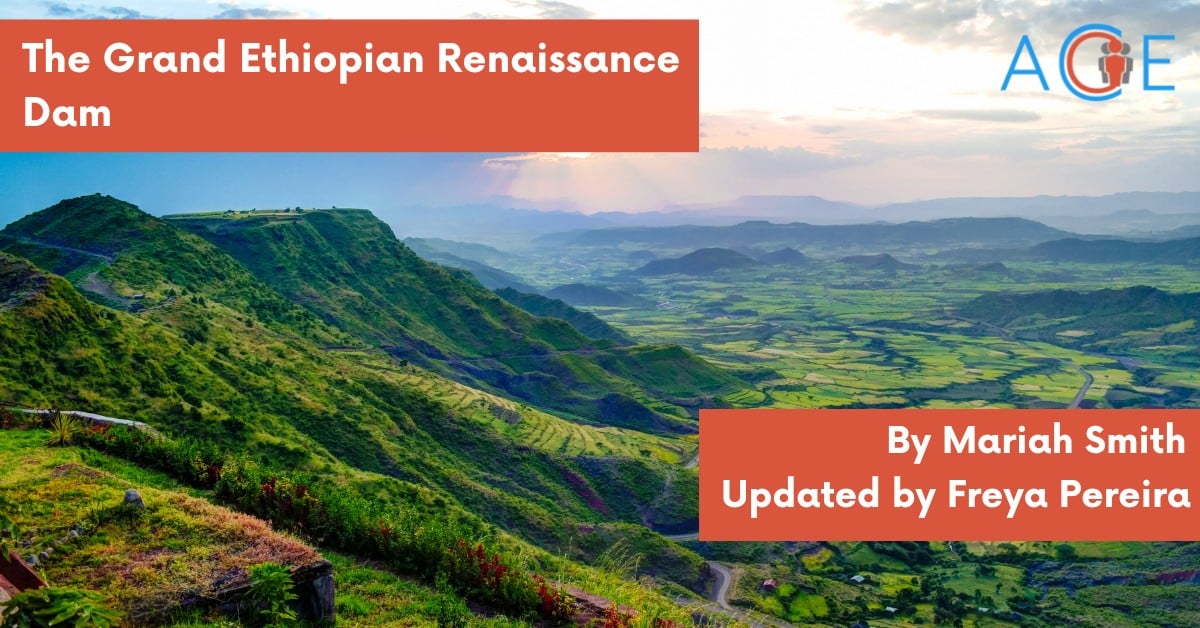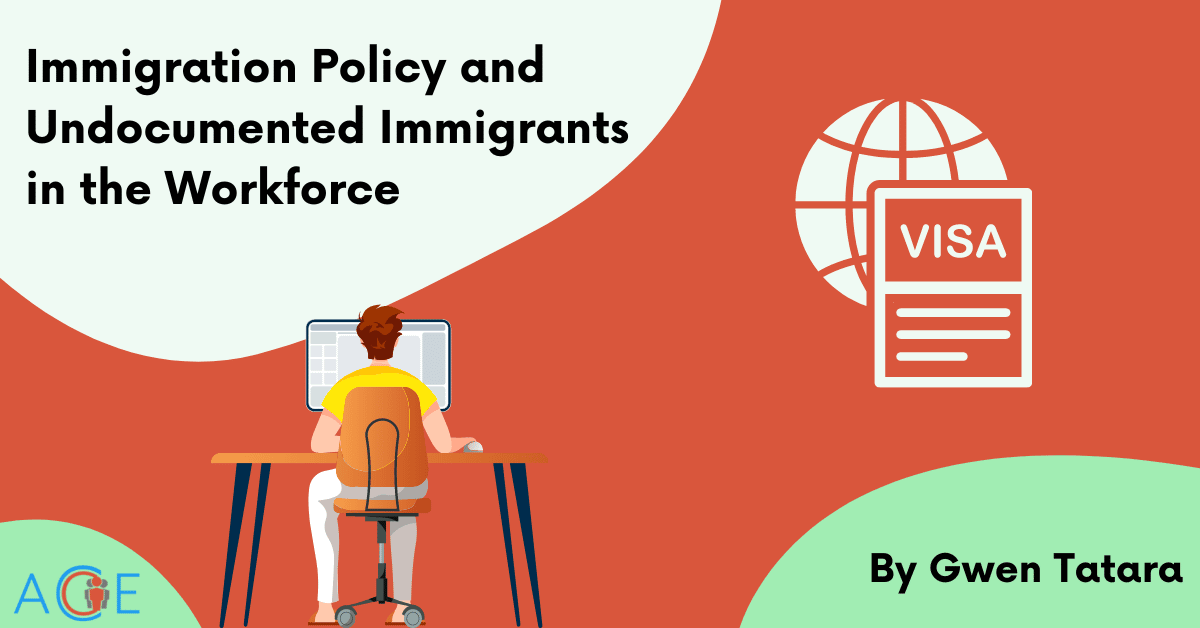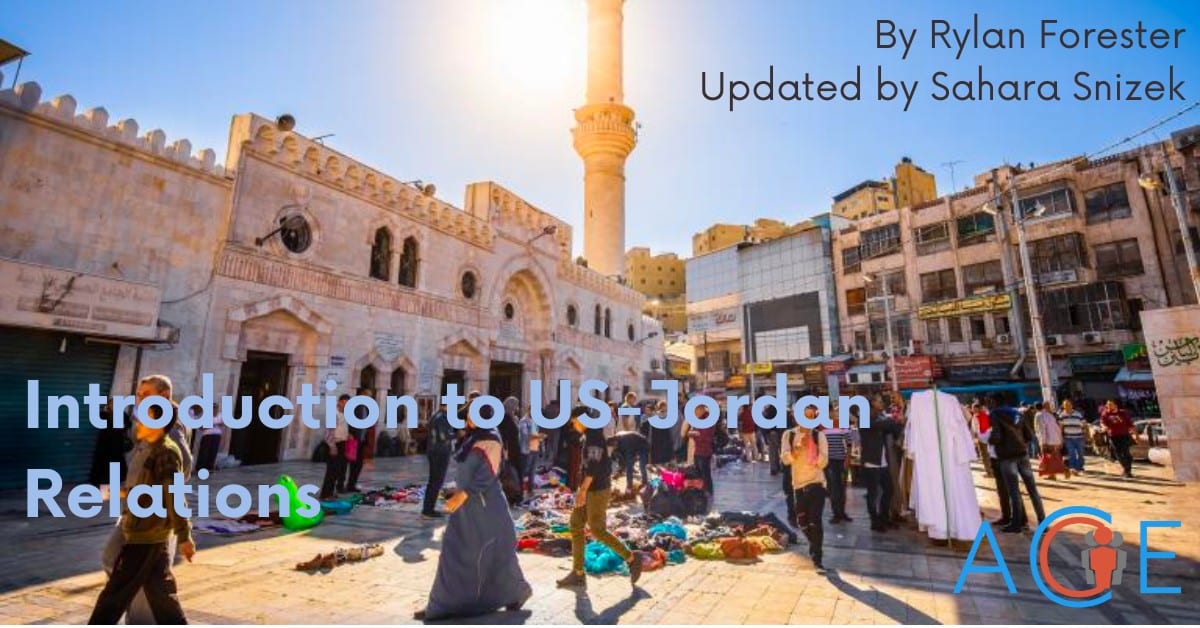The hegemonic rivalry between the U.S. and China has continued to escalate over the past several decades, with battles for global development, military presence, and other modes of action taking the forefront. The resource-rich region of West Africa is one of the latest theaters of operation in this scramble for influence. China’s Belt and Road Initiative (BRI) has propelled them to become West Africa’s top foreign investor, with military associations and education programs furthering their presence in the region. However, BRI’s lack of transparency, untenable debt, and suspect intentions has left many West Africans skeptical.
Trade and Development
In 2020, Chinese exports to West African countries peaked at over $40 billion U.S. dollars, making the western region China’s principal trading partner in Africa. Nigeria, Ghana, and Liberia received the most trade exports, with the main products being machinery and electronics, textile and apparel, hi-tech products, and finished goods. West African imports to China accounted for $10.8 billion dollars in trade mostly consisting of minerals, metals, agricultural products, and crude oil.
The Forum on China-Africa Cooperation (FOCAC) encapsulates China-West Africa trade relations through the most recent 2035 China-Africa Vision document. This agreement entails a 60$ billion USD Chinese investment promise in Africa by 2035 directed at agriculture, manufacturing, infrastructure, environmental protection, and digital economy. The Dakar Action Plan is an analogous proposal that originated during the most recent FOCAC in November 2021. The plan suggests a reorientation of China’s economic engagement with Africa and reciprocates the thorough, exhaustive list submitted for the China-Africa 2035 Vision. These plans favor the developmental facet of Chinese-West Africa relations and insinuate further endeavors through China’s global Belt and Road Initiative, which has been met with fierce criticism by the international community because of the high risk of debt traps through unsustainable loans and erratic negotiations.
Certain West African countries epitomize BRI’s high-risk investment, particularly Guinea and Nigeria. In Guinea, Chinese diplomatic, regulatory, financial, and commercial actors operate in different capacities to secure vital materials such as bauxite and iron ore. The mining partnerships are rooted in state-owned enterprises’ connections with private Chinese companies, demonstrating the importance of China’s costly infrastructure investment to gain access to the valuable mining sector.
Nigeria has received the most investment from China, with over $20 billion from Chinese firms. In March 2020, Nigeria confirmed it borrowed over $3 billion from the Chinese government for infrastructure projects. The latest data from the Debt Management Office in Nigeria revealed that the debt is continuing to grow, causing experts to warn the federal government of debt traps and potential reclamation of Chinese-funded projects in Nigeria. As infrastructure projects and trade with China continue to materialize, China’s intentions provoke suspicion amongst the international community, and the lack of transparency validates this distrust.
Intra-African Conflicts
Chinese intervention in West African conflicts tends to be muted. However, as BRI’s influence advances amongst states, certain arms sales and partnerships confirm that China is not shying away from strategic military intrusion in the region. From 2016 to 2020, China ranked as the world’s fifth-largest arms exporter, selling nearly 100 million TIVs (trend-indicator value of major conventional weapons) to Nigeria. Many linked this mass transfer of arms to China’s “domestic demand for oil” whereas other experts claim that China is simply involved for the profit.
In Benin, the private Chinese company Poly Technologies Inc. built the country’s largest military barrack in the town of Allada, in addition to providing training and donating trucks, logistics materials, and arms to the Beninese military. Whether China is using Benin for geopolitical strategic purposes or interested in economic engagement, the Sino-Beninese alliance proves to be one of the most dynamic in West Africa.
Although the Spanish-speaking nation of Equatorial Guinea is not in West Africa, West African governments and global powers should pay close attention to China’s prospects in the insular country. A recent U.S. Department of Defense report stated that China is actively seeking a naval base in the Port of Bata, Equatorial Guinea. This budding Chinese port could grant access to the Gulf of Guinea and be the closest Chinese military base in distance to the United States. Akin to China’s economic and developmental engagement in the region, their military aspirations remain unclear or undisclosed.
Climate Change
In 2021, China’s CO2 (carbon dioxide) emissions reached almost 12 billion metric tons, accounting for nearly 33% of the global total. In an attempt to counteract this drastic contribution to climate change and its effect on regions like West Africa, the Chinese government claims to have launched over 100 clean energy and green development projects under the framework of the FOCAC. The 2021 Dakar Ministerial meeting issued a Declaration on China-Africa Cooperation on Combating Climate Change which intends to improve energy development, upgrade industrial structure, and achieve low-carbon, green, high-quality development in African countries including Senegal, Nigeria, Ghana, Côte d’Ivoire, and other West African countries. Minimal evidence has appeared since FOCAC that a shift toward greener Chinese development is taking place, and some stakeholders demand the expansion of the FOCAC process.
One Chinese-backed project exemplifying environmental adaptation is the Great Green Wall (GGW) initiative which aims to create an 8,000 km wall of fertile land and trees across the Sahel. GGW’s ambition is to restore 100 million hectares of currently degraded land, sequester 250 million tons of carbon, and add local job opportunities. Rural Sahelian communities in Senegal, Mauritania, Mali, Burkina Faso, Nigeria, and Niger would all have access to this climate-resilient wall in a region-wide effort to combat temperatures which are rising more rapidly than anywhere else in the world. Although there has been minimal progress on the construction of the GGW, the symbol of hope for a new climate-friendly era of Chinese-West African relations is blossoming in the barren dunes of the Sahara.
Immigration/Education
There are an estimated 500,000 African migrants currently living in China and between 1 million and 2 million people from China living on the African continent. Many African migrants to China are merchants or traders who are granted M visas, which permit a 30-day stay. Some migrants have applied for study or tourist visas to circumvent the requirements for other visas. China’s 2013 Exit and Entry Administration law was met with bitter criticism for excluding many African immigrants due to illegal entry, residence, and employment. The COVID-19 pandemic also inflamed anti-Chinese sentiment in Africa due to conspiracies about virus’ origin in Wuhan, China.
Scholarships and university programs have played a part in bringing a considerable influx of African students to China, especially those from anglophone West African countries such as Nigeria or Ghana. One element propagating Chinese ideology is the Confucius Institutes (CI) which are a vital component of China’s soft power efforts to promote the Chinese language and the Chinese Communist Party’s narrative of history and culture. The first CI’s were inaugurated in 2009 in Lomé (Togo), Lagos (Nigeria), and Porto-Novo (Benin). There are now more than 15 CIs around major West African cities.
Conclusion
Is China a sustainable and valuable partner for West African economies and communities? Or is their presence a Trojan horse hoping to exploit resources and people in a race for global hegemony? The United States, which has a complex relationship with the region, must carefully examine China’s every move to fully understand and compare the repercussions and advantages of foreign policy in West Africa. Ranging from a prospective Chinese port in Equatorial Guinea to Confucius Institutes in Nigeria, China’s scope continues to expand in every direction and it is in the hands of the international community to inspect and analyze Chinese intentions and keep West Africa on the route to prosperity.
